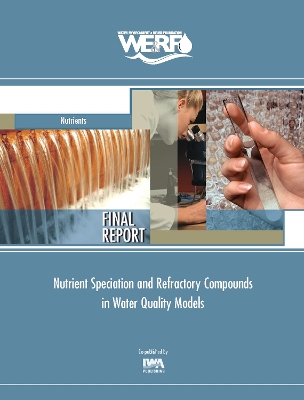Water quality modeling efforts are designed to provide an understanding of watershed conditions to support management efforts that include control of point and nonpoint sources (NPS). Nitrogen (N) and phosphorus (P) speciation is an important area of nutrient research, both in terms of biodegradability in wastewater treatment and bioavailability in the water environment. Water quality modeling may not be reflecting all that is known about point source effluent N and P from treatment facilities that reduce the total amount of nutrients discharged and also change N and P speciation and reduce bioavailability. WERF research into advanced levels of nutrient removal treatment is revealing new information about N and P speciation and reduced bioavailability of the N and P remaining after advanced treatment.
Many of the more sophisticated mechanistic water quality models have the ability to simulate N and P species, and to some degree reflect refractory organic nutrient inputs and their subsequent degradation. Selecting water quality models with the capability of simulating nutrient species, and gathering monitoring data to characterize nutrient species and refractory compounds, is important to support enhancements in modeling.
- ISBN10 1780408323
- ISBN13 9781780408323
- Publish Date 15 September 2016
- Publish Status Active
- Publish Country GB
- Imprint IWA Publishing
- Format eBook
- Pages 108
- Language English
